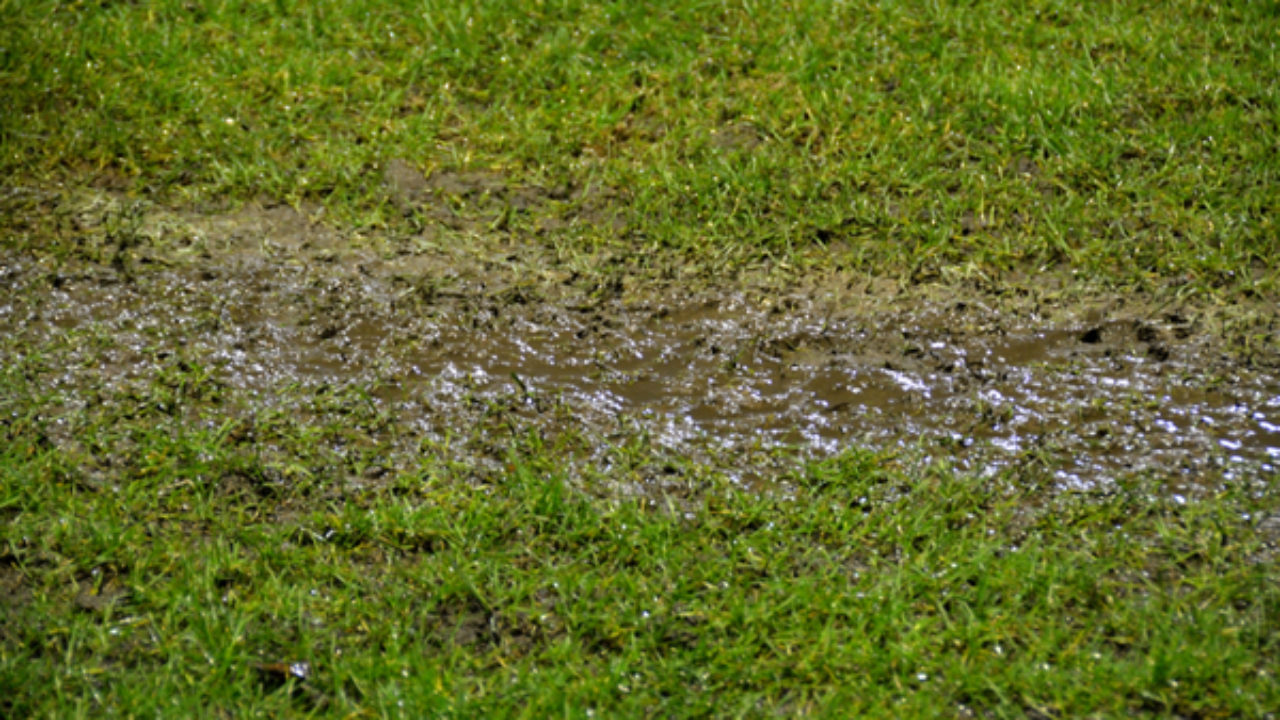How do you really feel in regards to Leaking water lines?

Early detection of dripping water lines can alleviate a potential calamity. Some tiny water leakages may not be noticeable.
1. Take A Look At the Water Meter
Every house has a water meter. Examining it is a guaranteed way that assists you find leakages. For starters, switch off all the water sources. Ensure nobody will purge, use the tap, shower, run the washing equipment or dishwashing machine. From there, most likely to the meter and also watch if it will transform. Given that nobody is using it, there ought to be no activities. That suggests a fast-moving leakage if it moves. If you identify no modifications, wait a hr or 2 and inspect back once more. This suggests you may have a sluggish leakage that can even be underground.
2. Examine Water Consumption
If you identify sudden changes, in spite of your intake being the very same, it means that you have leaks in your plumbing system. An abrupt spike in your costs suggests a fast-moving leak.
A consistent rise every month, even with the very same behaviors, shows you have a slow-moving leak that's likewise gradually escalating. Call a plumber to completely inspect your building, specifically if you feel a warm area on your floor with piping underneath.
3. Do a Food Coloring Examination
30% comes from commodes when it comes to water consumption. Examination to see if they are running effectively. Decrease flecks of food shade in the tank and wait 10 minutes. If the shade in some way infiltrates your bowl throughout that time without flushing, there's a leak between the tank as well as dish.
4. Asses Exterior Lines
Do not fail to remember to check your exterior water lines as well. Should water permeate out of the connection, you have a loose rubber gasket. One little leak can waste bunches of water as well as spike your water expense.
5. Inspect as well as Analyze the Scenario
Homeowners ought to make it a behavior to check under the sink counters and also even inside cupboards for any kind of bad odor or mold growth. These 2 warnings indicate a leak so timely focus is required. Doing regular assessments, even bi-annually, can save you from a major problem.
If you know your home is already old, keep a watchful eye on your heating systems, pipes, pipelines etc. Check for discolorations and weakening as most pipes and also appliances have a life span. They will also normally degrade because of wear and tear. Don't wait for it to intensify if you suspect leaking water lines in your plumbing system. Call a professional plumber immediately so you don't end up with an awful mess in your home.
Early discovery of dripping water lines can mitigate a prospective disaster. Some small water leakages might not be noticeable. Inspecting it is a surefire method that assists you uncover leakages. One little leak can lose loads of water as well as surge your water expense.
If you presume dripping water lines in your plumbing system, don't wait for it to intensify.
How to Know If Your Home Has a Hidden Leak
Water Meter Reveals Inexplicable Water Usage
If you’d like to test whether or not there’s a leak somewhere in your home, you can do this using your water meter. Here is how to conduct the test:
Don’t use any water in your home for at least 30 minutes; this also means not turning on faucets or water-using appliances.
Go outside, and check your water meter for activity.
If your water meter shows that there was activity, even though no one was using any water, this proves that there is a leak in your home.Visible Mold or Mildew Growth
Leaks behind walls create moist, dark environments that allow mold and mildew to grow and thrive. Eventually, you might see mold growth forming on the wall closest to a hidden leak.
If mold is growing in an area that receives a high amount of moisture, such as a bathroom, it may simply be an indication that better ventilation is needed. However, if you see mold growth on a wall or the ceiling in an area where you would not expect, you probably have a hidden leak.
Musty, Mildew Odor
Sometimes you might not be able to see the mold or mildew that is growing as a result of a leak. However, the smell can give the problem away just as easily. If you catch a whiff of something musty, there’s a good chance that old water is collecting somewhere in your home that you can’t see.
Stained/Warped Walls, Ceilings, or Floors
When your home soaks up water, a variety of red flags can become visible, including ceiling stains, bubbling drywall, warped walls, and sagging floors. While these issues can be caused by excess humidity, they can also be signs that a pipe or plumbing connection has started leaking behind your walls.
Inexplicably High Water Bill
After a while, you get a general sense for what your water bill should be. If you own a pool or sprinkler system, your bill will tend to be higher during summer. However, if you receive a water bill that seems especially high, and you can’t figure out what caused it, then you may have a hidden leak somewhere that’s increasing your bill.
https://www.plumbingjoint.com/blog/2019/july/how-to-know-if-your-home-has-a-hidden-leak/

We were guided to that report on Finding hidden leaks through an associate on another blog. Are you aware of another person who is fascinated about the subject? Be sure share it. Thanks so much for your time invested reading it.